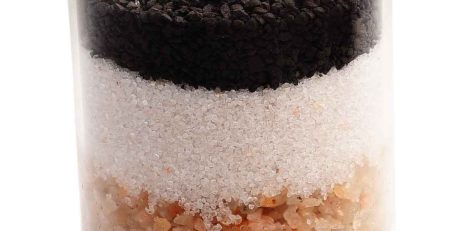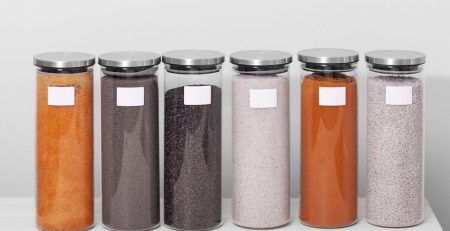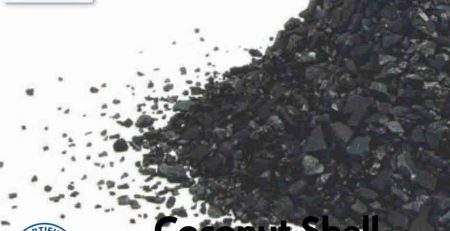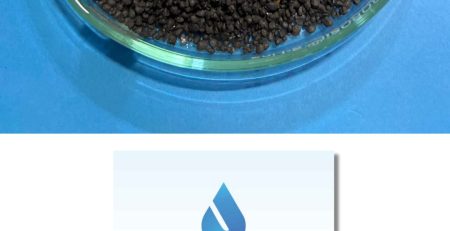Basics of multi media filtration
Purpose of a Multi-‐Media Filter
A Multi-Media Filter is used to reduce the level of suspended solids (turbidity) in incoming feed water. Suspended solids consist of small particles such as silt, clay, grit, organic matter, algae and other microorganisms. Incoming feed water that is high in suspended solids can cause a high‐pressure drop and reduce the effectiveness of downstream filtration equipment such as reverse osmosis membranes and ion exchange beds.
When is a Multi Media Filter required?
A Multi-media filter is suggested when the Silt Density Index (SDI) value is greater than 3 or when the turbidity is greater than 0.2 NTU. There is no exact rule, but the above guidelines should be followed to prevent premature fouling of RO membranes.
How does a Multi Media Filter work?
A Multi-Media Filter typically contains three layers of media consisting of anthracite coal, sand and garnet, with a supporting (non filtering) layer of gravel at the bottom. These are the medias of choice because of the differences in size and density. The larger (but lighter) anthracite coal will be on top and the heavier (but smaller) garnet will remain on the bottom. The filter media arrangement allows the largest dirt particles to be removed near the top of the media bed with the smaller dirt particles being retained deeper and deeper in the media. This allows the entire bed to act as a filter allowing much longer filter run times between backwash and more efficient particulate removal.
A well-‐operated Multi‐Media Filter can remove particulates down to 15-20 microns. A Multi-Media Filter that uses a coagulant addition (which induces tiny particles to join together to form particles large enough to be filtered) can remove particulates down to 5-10 microns. To put this in perspective, the width of a human hair is around 50 microns.
Service Flow
The ideal service flow for a Multi Media Filter is between 3-7 gallons per minute per square foot. Higher flow rates can prevent particles from adhering to the media granules or can dislodge particles that were previously retained.
Maintenance
As the Multi Media Filter removes turbidity from the incoming feed water, eventually the filter will display a high-‐pressure drop across the bed and/or increased turbidity levels coming from the Multi Media Filter. As a result, the Multi Media Filter will eventually require a backwash to clean the bed.
The backwash should be performed when the pressure differential (delta-‐P) reaches 10 psi (above clean) across the bed or when the effluent turbidity increases by 10%. A normal pressure drop across a ‘clean’ Multi Media Filter ranges from 3‐7 psi, so this needs to be taken into consideration before initiating a backwash.
A backwash is performed by reversing the flow of water through the Multi Media Filter bed to remove the suspended solids that are trapped in the bed. The entire Multi Media Filter bed will loosen and lift during the backwash allowing the suspended solids to exit out of the top of the vessel along with the backwash water. The supporting gravel will not lift and helps distribute the backwash flow evenly throughout the bed.
The ideal backwash rate is 12-‐15 gpm/sq ft. which enough to lift the media bed sufficiently without forcing any media out of the top of the filter. Most filters are equipped with a flow restrictor on the backwash outlet that maintains this flow rate. This is important with seasonal fluctuations in water temperature, as colder water is more viscous and lifts the bed higher with less flow, which can result in losing media out of the top during backwash.
After backwash, the bed is allowed to settle and re‐stratify before a final rinse and then it is placed back into service.
The jagged edges of the sand and other media can become rounded over time and therefore reduce their filtration ability after many years of service and should be replaced.
A trained service technician should perform the re‐loading of media, dosing a proper coagulant to improve filter performance and other necessary maintenance and troubleshooting.








